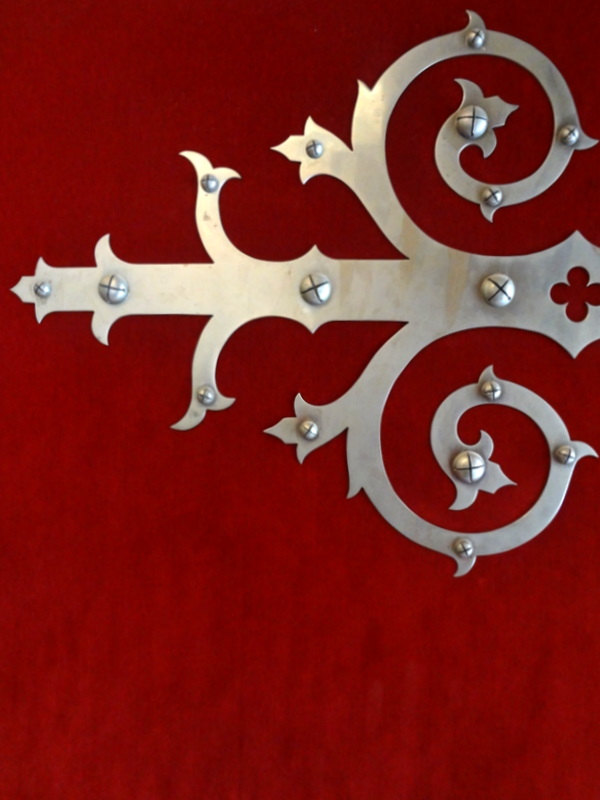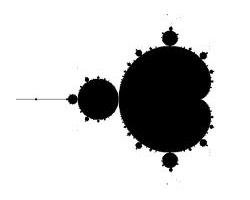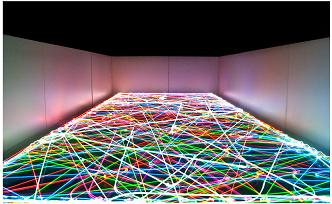 This is a truly mind-blowing idea: using the principle of natural selection to “evolve” a more efficient wind turbine blade.
This is a truly mind-blowing idea: using the principle of natural selection to “evolve” a more efficient wind turbine blade.
http://www.youtube.com/watch?v=YZUNRmwoijw
Looking to see if he could somehow improve upon the standard blade design, a designer created a virtual world populated by blades of different shapes. He then “played god” by defining rules for reproduction between two blades.
Rules like “the most efficient blade gets first pick of mate”, and “the least efficient blades die” created a virtual world governed by the principle of natural selection, and after many generations, only the fittest, or most efficient blades. survived!
An unconventional blade emerged from the virtual world, but it passed the designers tests with flying colors, beating out the standard blade-design in efficiency. The blade looks strange, but it’s probably not the first odd-looking result of natural selection. After all, the camel is a weird-looking animal, but it gets the job done!
 Here’s a fun use for a dodecahedron: folding it up to make a yearly calendar!
Here’s a fun use for a dodecahedron: folding it up to make a yearly calendar!



